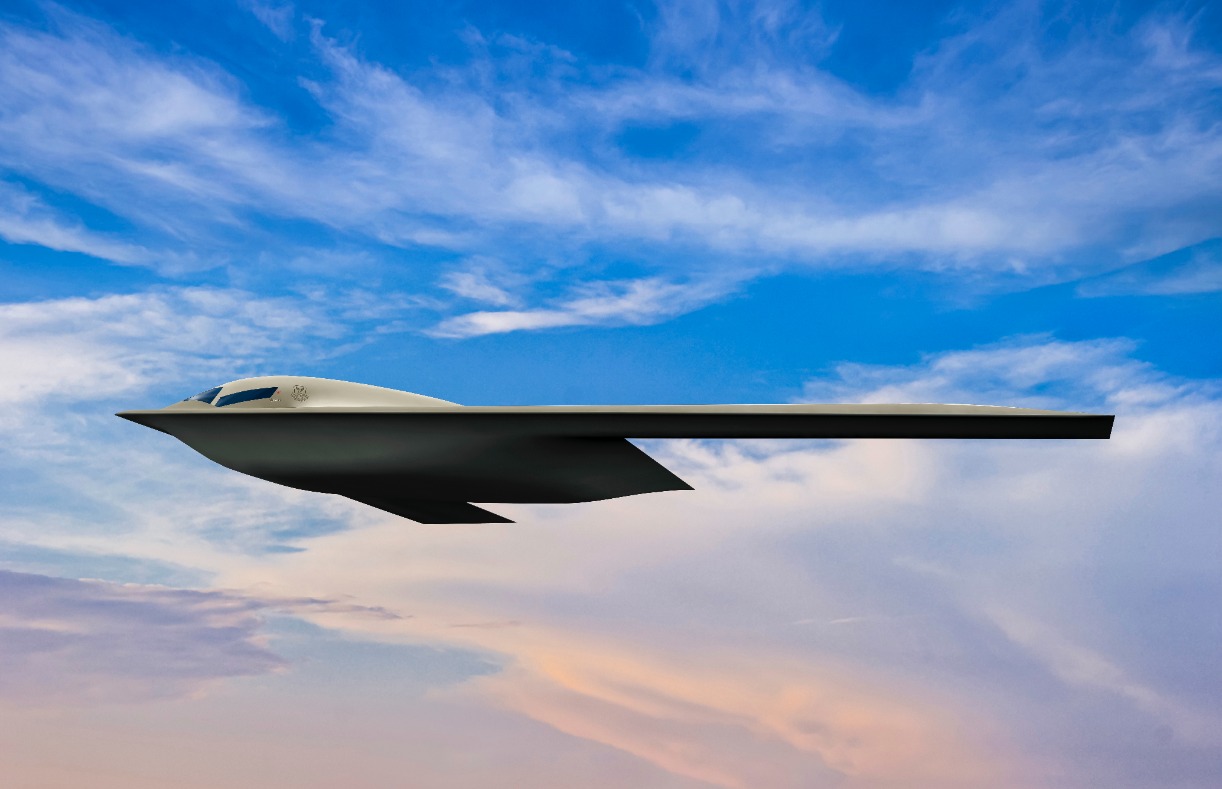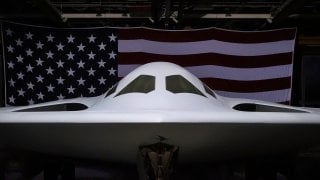The B-21 Raider Has a Problem That Might Not Be Solvable
The U.S. Air Force is considering limiting its purchase of the Northrop Grumman B-21 Raider to 100 units amid concerns of rapid technological advancements.
Summary: The U.S. Air Force is considering limiting its purchase of the Northrop Grumman B-21 Raider to 100 units amid concerns of rapid technological advancements. Air Force Chief of Staff Gen. David W. Allvin expressed to the Senate Armed Services Committee the potential for new technologies before the full delivery of the bombers, expected by mid-2030s.
-The B-21, intended to replace aging B-1 and B-2 bombers, is a significant technological leap, similar in appearance to the B-2 but more advanced.
-Despite initial plans for more units, historical precedence with the B-2 Spirit, which saw its production drastically reduced due to cost concerns and changing strategic needs, suggests cautious procurement.
Air Force Plans for B-21 Raider: 100 Units Amid Rapid Tech Changes
Earlier this month, a top United States Air Force official suggested that the air service is now considering capping its purchase of the Northrop Grumman B-21 Raider at just 100 aircraft.
The senior official explained to the Senate Armed Services Committee that even as the B-21 Raider has been seen as the "future" of the United States Air Force's bomber force, there is a very serious concern that better technology will almost certainly be developed before the delivery of the scaled back 100 bombers is completed.
Air Force Chief of Staff Gen. David W. Allvin told Senate lawmakers that 100 hundred B-21s "is the program of record," and that the service remains hesitant to commit to additional aircraft.
"I think we're not going to reach that number until probably the mid-2030s and beyond," Allvin told the SASC. "I think there are other technological advancements that we would see to be able to augment that."
History Repeating Itself? B-21 Might Have B-2 Vibes
The B-21 Raider, which took its maiden flight last November, was developed to be the multifunctional backbone of the modernized bomber fleet, gradually replacing the aging Rockwell B-1 Lancer and Northrop Grumman B-2 Spirit bombers now in service.
A dual-capable penetrating strike stealth aircraft, the B-21 will be capable of delivering both conventional and nuclear munitions. While similar in appearance to the B-2, the Raider is actually a generational leap in aircraft technology and development.
However, beyond the visual similarities to the B-2, it is increasingly looking like this could have a similar outcome. Developed during the Cold War, its inception in 1988 and first flight in 1989 marked a significant leap in aerial warfare technology. The first B-2 rolled out of the bomber's final assembly facility in Palmdale, Calif., in November 1988 and it flew for the first time on July 17, 1989.
The Air Force had plans for 132 B-2 Spirits, but as the aircraft was a product of the Cold War, it was originally designed to penetrate Soviet air defenses. Congress slashed the budget for the Spirit, which cut production to just 21 aircraft.
As a result, in addition to the costs to build each of the aircraft – at a reported $737 million per plane – the R&D costs were spread over far fewer units, resulting in the $1.4 billion price tag, making the B-2 Spirit the most expensive aircraft to ever take to the skies. To ensure that the now-in-development B-21 Raider doesn't also arrive with a sky-high price, Air Force officials have further emphasized a focus on containing costs while simultaneously allowing for maximum flexibility.
B-21 Raider: What Happens Now?
Though there certainly remains the possibility that the B-21 Raider could be cut beyond 100 aircraft, it isn't likely to happen – simply because the Air Force is committed to maintaining long-range strategic bombers as part of the nuclear triad. The B-2 Spirit is starting to show its age, while at the end of the Cold War, the B-1B's nuclear capabilities were disabled and it was outfitted for conventional bombing.

It would be possible to see the B-1B Lancer returned to a nuclear-capable role, but the aircraft have been pushed hard and the air service is by most accounts struggling to keep them in the sky.
Simply put, the B-1B and B-2 bombers are past their prime. The B-52s in service are even older, but great efforts have been made to keep the aging warbirds flying. Time is still their greatest enemy, and as such, the clock is ticking on the current fleet. Father time – not air defense systems – will be what finally kills the B-52.
With that in mind, the Air Force will likely move forward with 100 B-21 Raiders while focusing on unmanned aerial systems to take on future bomber missions.
Author Experience and Expertise: Peter Suciu
Peter Suciu is a Michigan-based writer. He has contributed to more than four dozen magazines, newspapers, and websites with over 3,200 published pieces over a twenty-year career in journalism. He regularly writes about military hardware, firearms history, cybersecurity, politics, and international affairs. Peter is also a Contributing Writer for Forbes and Clearance Jobs. You can follow him on Twitter: @PeterSuciu.
You can email the author: [email protected].
All images are Creative Commons.


